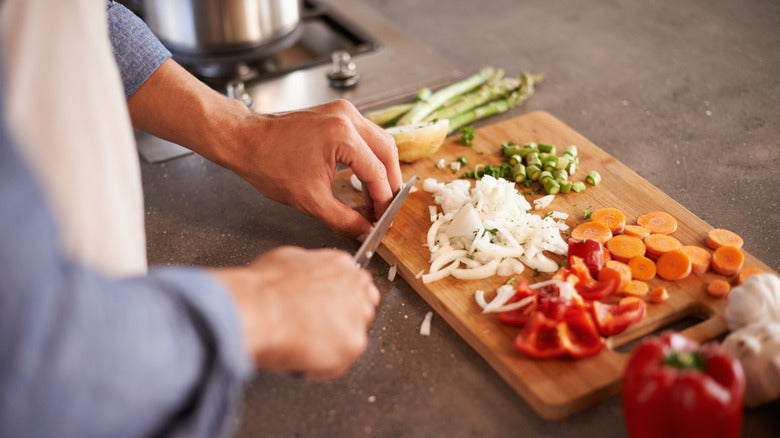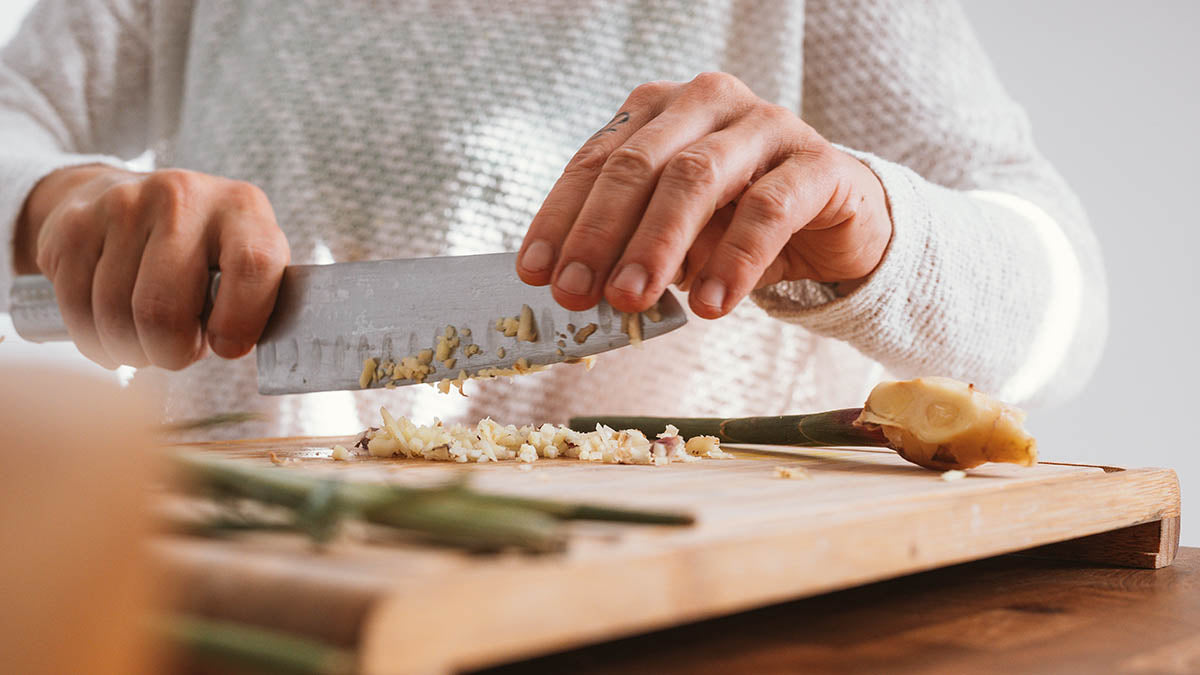In both busy restaurants and home kitchens, maintaining organization and ensuring food safety are crucial. One effective strategy to achieve this is through a color-coded cutting board system. If you've ever asked yourself, What is the purpose of the yellow cutting board?, you're in the right place. This article will explore its significance, function, and the reasons it is vital for culinary professionals.

The Fundamentals of Color-Coded Cutting Boards
For chefs, restaurant workers, and food safety inspectors alike, the color-coded cutting board system is not just an optional accessory; it's an essential practice. Each color signifies a specific type of food to prevent cross-contamination. This simple yet powerful method enhances food quality and protects consumer health. Lets take a closer look at the role of the yellow cutting board in this system.
What Is the Yellow Cutting Board Specifically Used For?
The yellow cutting board is specifically allocated for cutting raw poultry. By using this board for poultry, the risk of spreading dangerous bacteria like Salmonella, commonly found in raw chicken and turkey, is significantly decreased.
Raw poultry is particularly hazardous due to the likelihood of pathogenic microorganisms being present. By mandating the use of yellow boards for poultry, professional kitchens ensure that there is no accidental transfer of bacteria to produce, seafood, or cooked foods.
Why Is It Important for Poultry to Have Its Own Board?
To safely cook poultry, a much higher internal temperature is required compared to other food items. The juices from raw poultry can contaminate other surfaces or ingredients, making even minor cross-contact risky. By designating a yellow board solely for raw poultry, the potential for such contamination is greatly minimized.
How Do Restaurants Utilize Yellow Cutting Boards?
In commercial kitchens, each workstation typically comes equipped with its own set of tools and cutting boards. As a part of hygiene practices, yellow boards are incorporated into daily work routines, and staff are expected to strictly follow the designated color codes for their tasks.
Exploring Other Colors in the Cutting Board System
To better understand the function of the yellow cutting board, it's helpful to see how it fits within the broader scheme of color-coded cutting boards. Heres a breakdown of common cutting board colors and their designated uses:
- Red: Raw meat
- Blue: Raw fish and seafood
- Green: Fruits and vegetables
- White: Bakery items and dairy
- Brown: Cooked meats
Trainings Importance in Proper Utilization
A color-coded system is effective only when kitchen personnel are well-versed in these color distinctions. Misusing a yellow cutting board could lead to cross-contamination, thereby undermining its main intent. As such, ongoing training is emphasized during staff onboarding and continual education concerning hygiene practices.
How to Maintain Cutting Boards for Optimal Use
Even the most carefully organized systems depend on properly maintained tools. A yellow cutting board, like its counterparts, requires thorough cleaning and sanitization after each use. Neglecting this can cause bacteria to build up on its surface.
Best Practices for Cleaning
After handling raw poultry, its crucial to wash the board with hot, soapy water or commercial-grade sanitizers meant for cutting boards. If the board displays noticeable cuts or grooves, it may be time to replace it, as bacteria can hide in these areas despite routine cleaning.
Additional Tools and Resources for Implementation
If you're thinking about adopting color-coded cutting boards or looking to enhance your existing setup, numerous resources are available. For tips on cooking poultry, explore how long to cook chicken tenders or visit Cutting Boards 101 for an extensive guide on their usage and maintenance.

FAQs About Yellow Cutting Boards
Why are cutting boards color-coded?
Color-coded cutting boards eliminate cross-contamination risks by assigning specific food categories to colors, ensuring safe handling and preparation.
Can a yellow cutting board be used for anything else?
No, it should be used solely for raw poultry to comply with food safety standards. Mixing uses can pose significant hygiene issues.
Are color-coded cutting boards mandatory in kitchens?
In many professional settings, they are often mandated by health regulations. Home kitchens can also benefit from implementing these practices to boost cleanliness and organization.
This article contains affiliate links. We may earn a commission at no extra cost to you.






Leave a comment
This site is protected by hCaptcha and the hCaptcha Privacy Policy and Terms of Service apply.